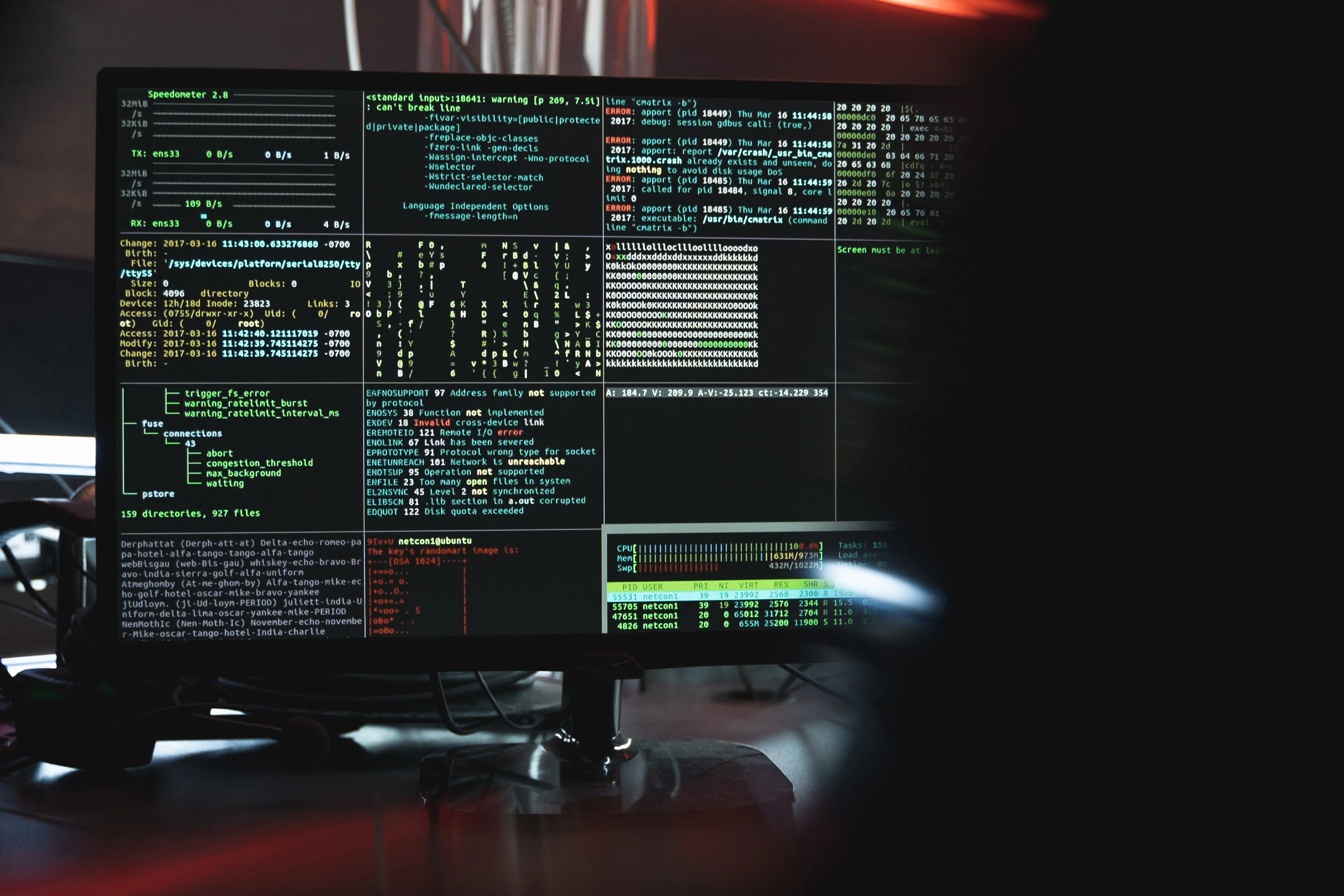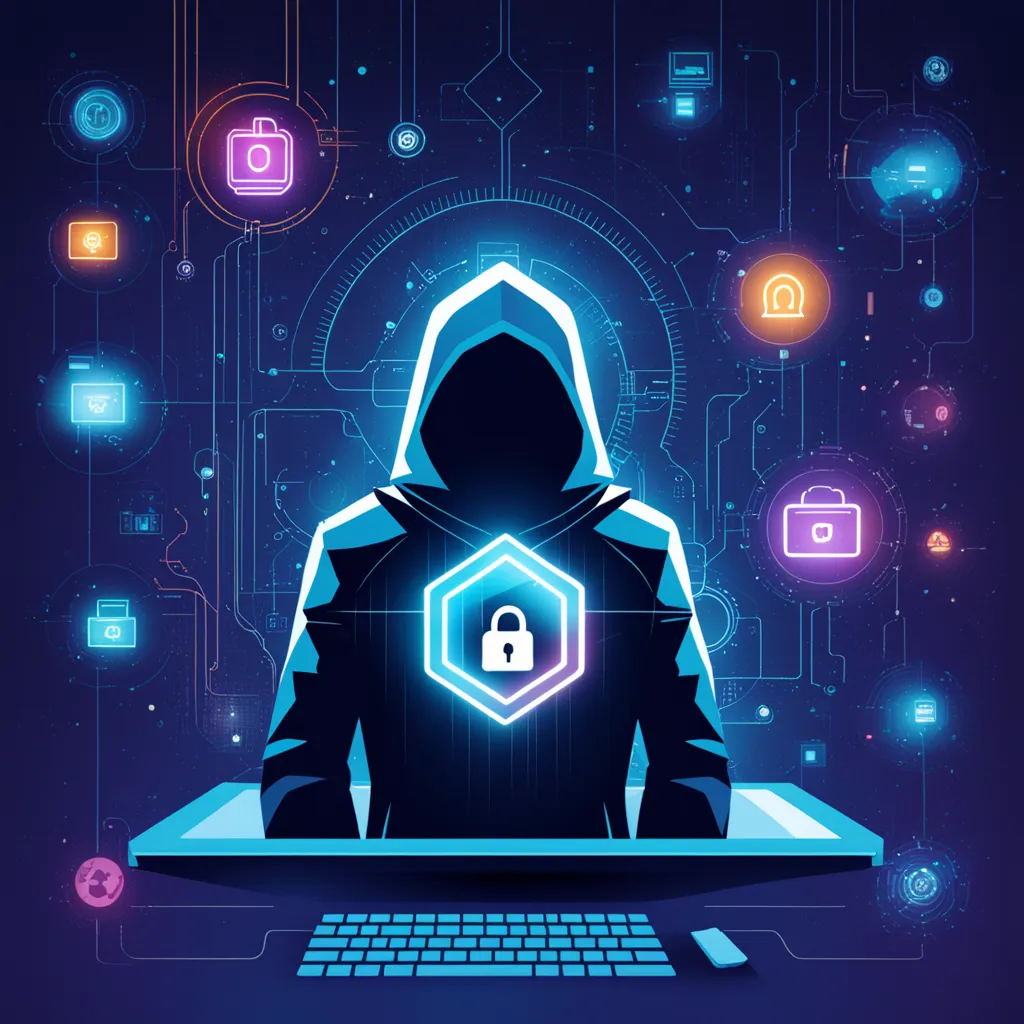The Importance of Cybersecurity in the IoT Era
Imagine waking up to the smell of freshly brewed coffee as your smart coffee maker starts its magic. Your thermostat adjusts to the perfect temperature before you even step out of bed, and your car warms up in the garage, ready for your morning commute. This scenario, driven by the Internet of Things (IoT), has become a reality for many of us. While IoT promises convenience and innovation, it also brings a pressing concern to the forefront: cybersecurity. Let's explore why cybersecurity is paramount in the IoT era and how it affects our daily lives.

The IoT Revolution
A Network of Connected Devices
The IoT encompasses a vast network of interconnected devices, from smart home appliances and wearables to industrial sensors and autonomous vehicles. These devices collect and exchange data to automate tasks, enhance efficiency, and improve our lives.
Personal Journey: My Brush with IoT Vulnerability
I once experienced the vulnerability of IoT firsthand. A security breach in my smart home security camera system exposed my family's privacy. It served as a stark reminder that even the most innocuous devices can be susceptible to cyberattacks.
The Stakes Are High
Data Privacy
IoT devices collect and transmit massive amounts of personal data, including our habits, preferences, and even our physical whereabouts. Ensuring the security and privacy of this data is of paramount importance.
Critical Infrastructure
Beyond smart homes, IoT has a significant impact on critical infrastructure like power grids, healthcare systems, and transportation networks. A cybersecurity breach in these areas can have far-reaching consequences.
The Vulnerabilities
Weaknesses in Device Security
Many IoT devices lack robust security features. Outdated software, default passwords, and weak encryption make them easy targets for cybercriminals. It's essential to keep these devices updated and change default settings.
Attack Vectors
IoT devices offer multiple attack vectors for cybercriminals, from exploiting vulnerabilities in the device itself to intercepting data during transmission. As the number of IoT devices grows, so does the potential for attacks.
The Human Factor
Cyber Hygiene
Human behavior plays a crucial role in IoT cybersecurity. Simple practices like regularly changing passwords, avoiding public Wi-Fi for sensitive tasks, and staying informed about security risks can go a long way in safeguarding IoT devices.
Raising Awareness
Educating ourselves and our families about IoT security risks is vital. Discussing potential threats and emphasizing responsible IoT usage can help mitigate risks.
The Role of Regulation
Government and Industry Standards
Governments and industries are recognizing the urgency of IoT cybersecurity. Regulatory frameworks and standards are emerging to ensure manufacturers build secure devices and provide ongoing support.
Personal Experience: The Impact of Regulation
In my country, new regulations were introduced to enforce IoT device security standards. This shift prompted manufacturers to enhance their products' security, making consumers like me feel more confident in adopting IoT solutions.
Collaborative Efforts
Public-Private Partnerships
Addressing IoT cybersecurity requires collaboration between governments, businesses, and consumers. Public-private partnerships can facilitate information sharing, threat analysis, and coordinated responses to cyber threats.

The Road to a Secure IoT Future
While the rapid growth of IoT presents cybersecurity challenges, it also opens doors to innovation and convenience. To navigate this landscape safely, we must prioritize cybersecurity in our daily lives, advocate for responsible IoT practices, and support efforts to establish robust security standards. As we embrace the IoT era, let's remember that our actions today will shape a secure and connected future.

No comments:
Post a Comment